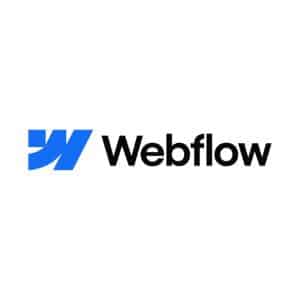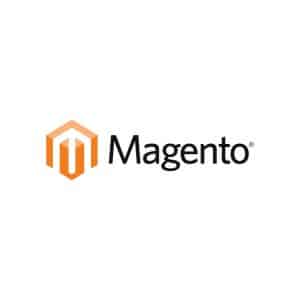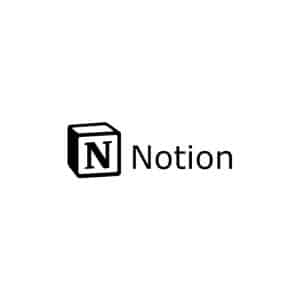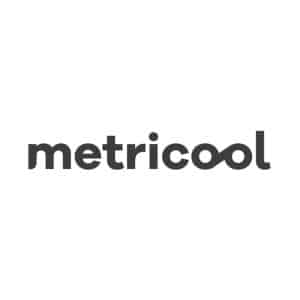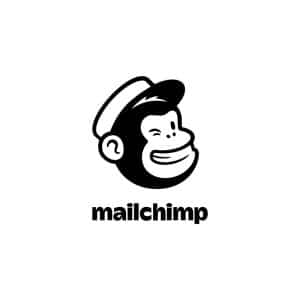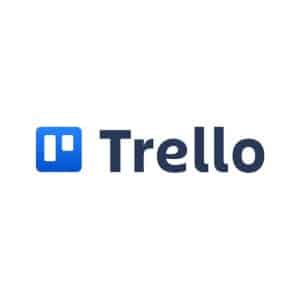In today’s competitive business landscape, the need for integrated tools that streamline marketing, sales, and customer service processes has never been more critical. HubSpot, a leading customer relationship management (CRM) platform, offers a suite of tools designed to help businesses attract, engage, and delight customers. At Cronuts Digital, we explore the core features of HubSpot, its benefits, and how businesses can leverage it to drive growth.
What is HubSpot?
HubSpot is a powerful all-in-one marketing, sales, and customer service platform designed to help businesses manage their customer interactions effectively. Founded in 2006, HubSpot has grown to become a leader in inbound marketing, offering a variety of tools and features that facilitate lead generation, customer relationship management, and data analysis.
Core features of HubSpot
1. CRM tools
At the heart of HubSpot is its Customer Relationship Management (CRM) system, which serves as a centralized database for managing customer information. This powerful tool allows businesses to:
- Centralize customer data: the CRM aggregates all customer interactions and details, making it easy for teams to access comprehensive profiles that include contact information, communication history, and transaction records. This centralization helps eliminate silos within organizations and ensures that everyone is equipped with the same information.
- Track interactions: users can log emails, calls, and meetings directly within the CRM, providing a complete view of each customer’s journey. This tracking facilitates better communication and follow-up strategies, ensuring that no potential lead is overlooked.
- Monitor sales pipelines: the CRM offers visual sales pipelines that enable teams to monitor where prospects are in the sales process. This visibility allows for proactive management of leads and can highlight bottlenecks that need to be addressed, ultimately leading to higher conversion rates.
- User-driendly interface: the intuitive design of HubSpot’s CRM ensures that users, regardless of technical expertise, can navigate the system easily. The drag-and-drop functionality and customizable dashboards make it straightforward to tailor the CRM to specific business needs.
2. Marketing hub
HubSpot’s Marketing Hub is a comprehensive suite of tools designed to drive engagement and attract potential customers. Its key features include:
- Email marketing: HubSpot enables users to create, personalize, and automate email campaigns targeted at specific segments of their audience. The platform’s email tracking capabilities allow businesses to analyze open rates, click-through rates, and conversions, optimizing future campaigns based on data-driven insights.
- Content management system (CMS): with HubSpot’s CMS, businesses can build and manage their websites with SEO optimization built-in. The system supports responsive design, making it easy to create sites that perform well on any device. Additionally, lead capture tools, such as forms and pop-ups, are integrated to convert visitors into leads.
- Social media tools: users can schedule, publish, and analyze social media posts across multiple platforms, including Facebook, Twitter, LinkedIn, and Instagram, from a single dashboard. This integration simplifies social media management and allows for cohesive brand messaging across channels.
- Analytics and reporting: HubSpot provides robust analytics tools to track the performance of marketing campaigns, website traffic, and lead generation efforts. Customizable dashboards and reports enable businesses to measure key performance indicators (KPIs) and make informed decisions to refine their marketing strategies.
3. Sales Hub
The Sales Hub focuses on enhancing the sales process and empowering sales teams to close deals more efficiently. Key functionalities include:
- Email tracking: this feature notifies users when prospects open emails or click on links, providing valuable insights into customer engagement. Sales teams can leverage this information to time follow-ups effectively and tailor their outreach strategies.
- Pipeline management: the Sales Hub allows users to visualize and manage sales pipelines with customizable stages that reflect the unique sales processes of their organization. This visual representation helps identify opportunities, track progress, and forecast revenue.
- Meeting scheduling: HubSpot integrates with users’ calendars, enabling prospects to schedule meetings at their convenience. This eliminates back-and-forth emails and simplifies the scheduling process, improving the overall customer experience.
- Sales automation: by automating repetitive tasks—such as follow-up emails, reminders, and data entry—sales teams can focus on building relationships and closing deals. Automation features save time and reduce the risk of human error, enhancing overall productivity.
4. Service Hub
The Service Hub is designed to enhance customer support and engagement, providing tools that facilitate better communication and service delivery. Key features include:
- Ticketing system: businesses can manage and prioritize customer inquiries through a structured ticketing system. This allows support teams to track issues, assign tickets to team members, and ensure timely resolution of customer problems.
- Knowledge base: HubSpot enables organizations to create a self-service knowledge base filled with FAQs, tutorials, and guides. This resource empowers customers to find answers independently, reducing the number of incoming support requests and increasing customer satisfaction.
- Customer feedback tools: collecting and analyzing customer feedback is crucial for improving service delivery. HubSpot’s feedback tools allow businesses to gather insights through surveys and feedback forms, enabling continuous improvement in service quality.
- Live chat and chatbots: HubSpot provides live chat and chatbot capabilities, allowing businesses to engage customers in real time. Chatbots can handle common inquiries, while live chat offers immediate support for more complex issues, enhancing the overall customer experience.
5. Integrations
HubSpot integrates seamlessly with numerous third-party applications, including Salesforce, Mailchimp, Shopify, and many others. This functionality allows businesses to:
- Enhance existing workflows: by connecting HubSpot with other tools and platforms, businesses can create a more cohesive workflow that leverages their existing software investments.
- Automate processes: integrations can streamline processes such as data transfer and reporting, reducing manual work and ensuring consistency across systems.
- Expand functionality: HubSpot’s extensive marketplace offers a wide variety of integrations that enhance its core capabilities, allowing businesses to customize the platform to meet their specific needs.
Benefits of using HubSpot
1. All-in-one solution
With tools for marketing, sales, and customer service all in one platform, HubSpot eliminates the need for multiple disparate systems. This integration promotes better collaboration among teams and streamlines operations.
2. User-friendly interface
HubSpot’s intuitive design makes it accessible for users of all skill levels. This ease of use reduces the learning curve, allowing teams to adopt the platform quickly and efficiently.
3. Scalability
HubSpot offers a range of plans, from free tools to premium features, allowing businesses to choose a package that suits their needs and scale as they grow.
4. Robust analytics and reporting
The platform provides in-depth analytics and reporting capabilities, enabling businesses to measure performance, track customer interactions, and make data-driven decisions.
5. Enhanced customer relationships
By centralizing customer information and interactions, HubSpot helps businesses build stronger relationships with customers, enhancing satisfaction and loyalty.
HubSpot stands out as a comprehensive solution for businesses seeking to improve their marketing, sales, and customer service efforts. With its user-friendly interface, powerful features, and robust analytics, HubSpot enables companies to attract, engage, and delight their customers effectively. By leveraging HubSpot’s tools, businesses can drive growth, optimize their processes, and enhance customer relationships in an increasingly competitive market.










